Fall transplanting
jitsmith
9 years ago
Related Stories

FALL GARDENINGMake This Fall’s Garden the Best Ever
Learn the most important tip for preventing buyer’s remorse, plus get more valuable buying and planting advice
Full Story
FALL GARDENINGWhy Fall Is the Best Time for Planting
Spring is overrated for planting. Starting plants in autumn has advantages for both garden and gardener
Full Story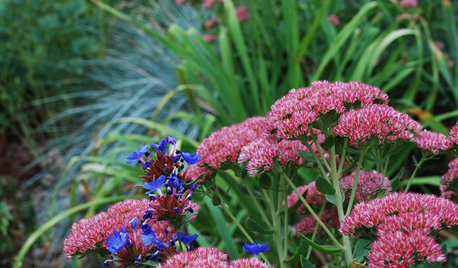
GARDENING GUIDESFall Is Calling: What to Do in Your October Garden
Get a jump on winter prep or just sit back and watch the leaves fall. The beauty of an autumn garden is in all the choices you have
Full Story
FALL GARDENING5 Fall Fruits You Can Grow in Containers
Brighten your porch or patio with a potted pomegranate, kumquat, blueberry bush or another great fall fruit
Full Story
FALL GARDENING6 Trees You'll Fall For
Don’t put down that spade! Autumn is the perfect time for planting these trees
Full Story
GARDENING GUIDES8 Plants for a Deliciously Fragrant Fall Garden
Scent the autumn air with the perfume of caramel corn, honey and spices by adding these intoxicating plants to your landscape
Full Story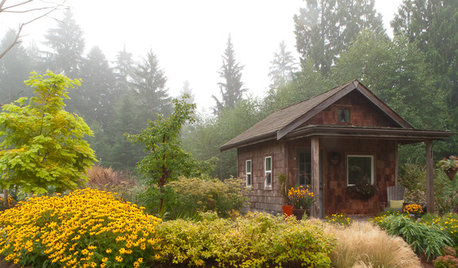
PLANTING IDEASGreat Garden Combo: A Fall Landscape Scene That Lasts
Span the seasons with trees, shrubs and grasses that offer color and texture in abundance
Full Story
FALL GARDENING11 Trees for Brilliant Fall Color
Give your landscape the quintessential look of autumn with the red, orange and yellow leaves of these standouts
Full Story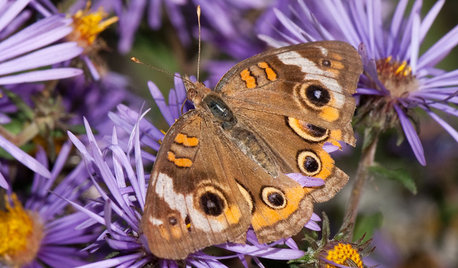
FALL GARDENINGGreat Design Plant: Symphyotrichum Novae-Angliae Ushers in Fall
With bold purple flowers easily accessible to pollinators, New England aster offers loads of interest in the autumn garden
Full Story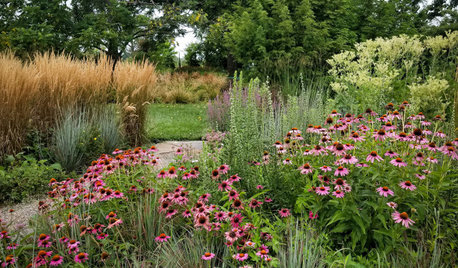
FALL GARDENING20 Favorite Flowers for the Fall Landscape
Vivid blooms and striking shapes make these annuals and perennials a delight in autumn gardens
Full StoryMore Discussions






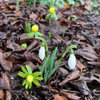


gardenweed_z6a
ken_adrian Adrian MI cold Z5
Related Professionals
Elwood Landscape Architects & Landscape Designers · Lyons Landscape Architects & Landscape Designers · Oatfield Landscape Architects & Landscape Designers · Palm Springs Landscape Architects & Landscape Designers · Roxbury Crossing Landscape Architects & Landscape Designers · Caldwell Landscape Contractors · El Mirage Landscape Contractors · Fort Mill Landscape Contractors · Glendale Heights Landscape Contractors · Monterey Landscape Contractors · Oak Forest Landscape Contractors · Pueblo West Landscape Contractors · Seminole Landscape Contractors · Smyrna Landscape Contractors · Tigard Landscape Contractorsdbarron
laceyvail 6A, WV
User
NHBabs z4b-5a NH
pitimpinai
wantonamara Z8 CenTex
jitsmithOriginal Author